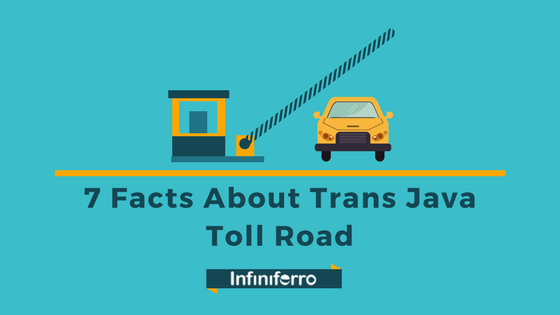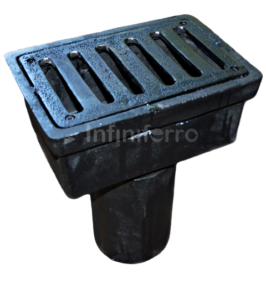
The toll road (freeway) project is one of the infrastructure projects that have become the Indonesian government’s priority for immediate implementation. This infrastructure plays an important role in the progress of a region. Toll roads can facilitate access to all areas of the country. One of the toll road projects in Indonesia is Trans Java Toll Road. Here we will discuss facts about this project.
1. The length is more than 1,000 km
Trans Java toll road connects cities on Java Island which has a length of 1,167 km. The toll road network consists of existing toll roads and new toll roads (9 main sections). The 9 main toll roads are 614.89 km and the rest are toll roads that already exist such as the Jakarta-Merak toll road, Jakarta-Tangerang toll road, Jakarta Outer Ring Road, and so on.
2. Trans Java Toll Road consists of 9 main priority sections
This toll road connects the cities in Java and consists of 9 main sections of which the government prioritizes its development. The 9 sections are:
- 116,75 km Cikampek – Palimanan.
- 57,5 km Pejagan – Pemalang.
- 39,2 km Pemalang – Batang.
- 75 km Batang – Semarang.
- 72,64 km Semarang – Solo.
- 90,1 km Solo – Ngawi.
- 87,02 km Ngawi – Kertosono.
- 0,5 km Mojokerto – Jombang – Kertosono.
- 36,27 km Mojokerto – Surabaya.
3. Connecting the west end and east end of Java island
The project aims to connect cities on Java Island from Jakarta to Surabaya or from Merak to Banyuwangi. Thus land routes such as cars and buses to the cities are becoming faster, and not much different from trains.
The government hopes that Trans Java Toll Road can flatten the development of settlements and industrial areas other than Jakarta. In addition, it can cut the cost of goods logistics to encourage economic activity in Java Island.
4. Trans Java Toll Road included in Asian Highway 2 (AH2)
This toll road is included in the Asian Highway or Asian Road Network. Asian Highway 2 stretches from Indonesia (Denpasar-Trans Java-Trans Sumatera) to Iran.
The Asian Highway project has a length of 14,000 km which passes 32 countries in Asia and Europe. The Asian Highway Network Project is a collaboration between countries in Asia, Europe, and the Economic and Social Commission for Asia and the Pacific (ESCAP) of PBB to improve the road system in Asia. Also, this project aims to help land transportation connecting the continent of Asia with Europe.
5. Investment cost: ± IDR 54.15 trillion
The Trans Java Toll Road project requires an investment cost of ± IDR 54.15 Trillion for the construction of 9 main sections and IDR 8.98 Trillion for the cost of land acquisition.
Big investment value is not an obstacle for the government in infrastructure development projects. Given, the good impact we will get will be much greater when the infrastructure has been completed and it is useful for the people.
6. The Trans Java Toll Road Project had experienced stagnation
The project started in 1995. However, due to the monetary crisis in 1998, the construction of this toll road had to be postponed. Then in 2005, the project began to enter the speed-up phase. Construction of delayed toll roads begins to be continued.
In addition to the constraints of the monetary crisis, the construction of Trans Java Toll Road also faces land acquisition constraints. Nevertheless, they target to complete this project in 2019.
7. Uses cast iron deck drains on the drainage channels

Toll roads have drainage channels as a way of surface water flow toward the sewer so there are no puddles. Puddles can damage the toll road structure resulting in a potholed road. Drainage channels on toll roads generally use drainage castings in the form of deck drains.
In the Trans Java Toll Road project, Infiniferro contributed by supplying cast iron deck drains for several toll road sections. They are Semarang-Solo, Solo-Ngawi, Kertosono-Mojokerto, and other sections.
Conclusion
That’s the facts about the Trans Java Toll Road project on Infiniferro’s version. This project plays an important role in the development of the regions on Java Island. And we hope it can encourage people’s economy.
ALSO READ:

Leave a Reply